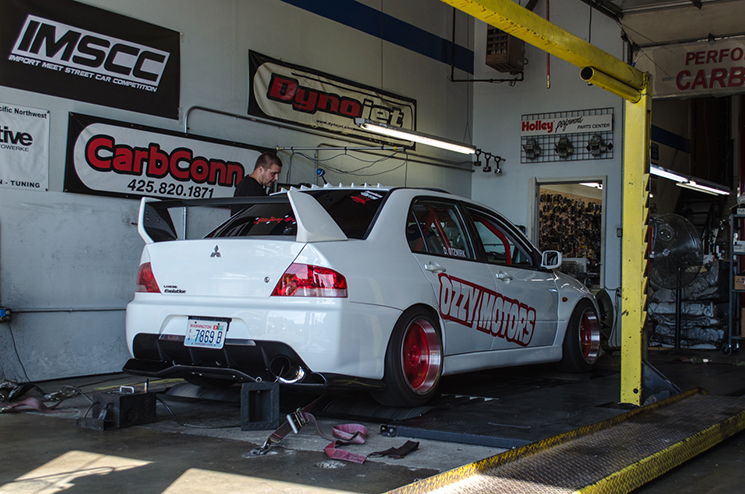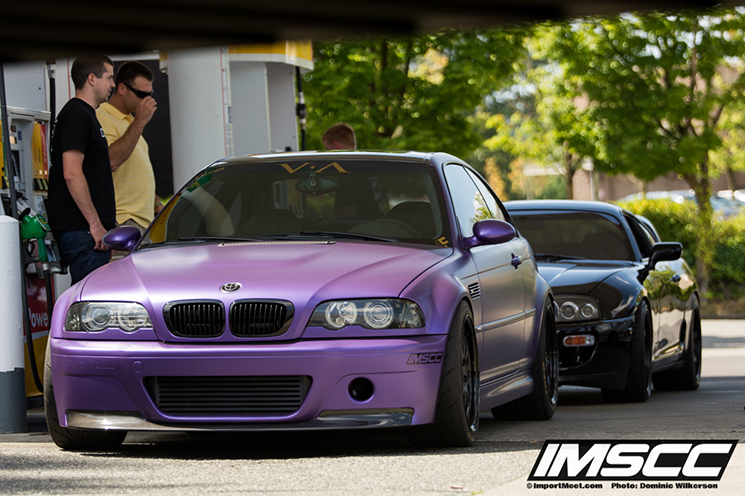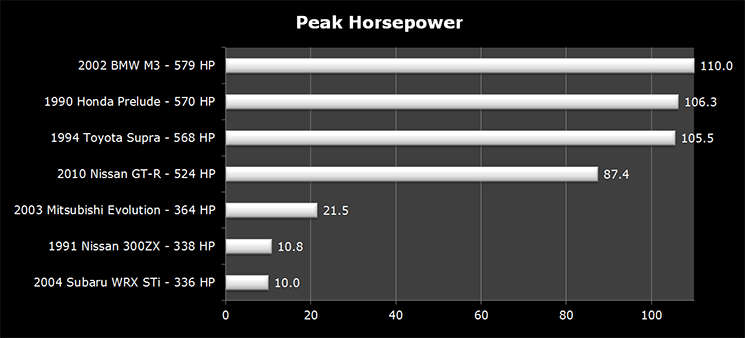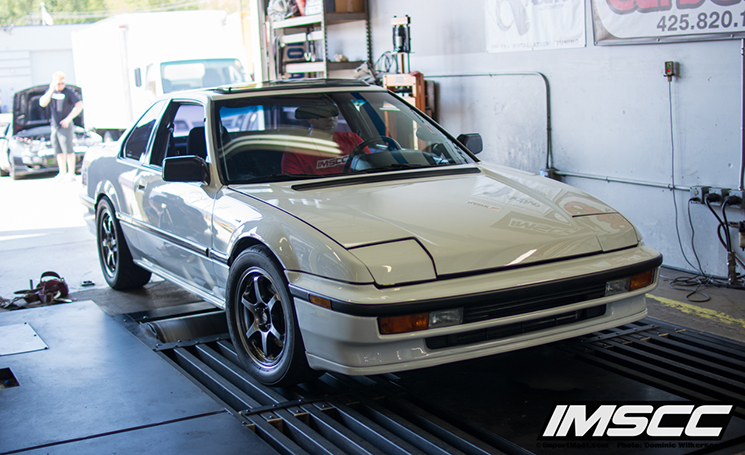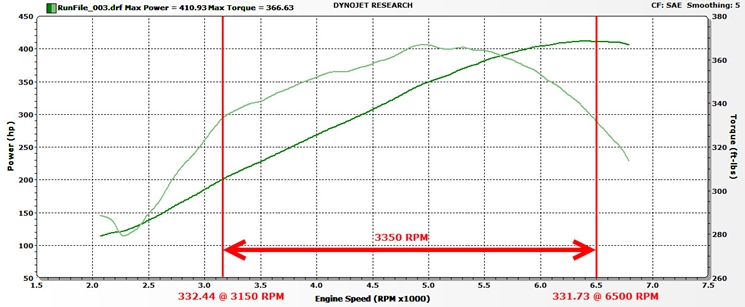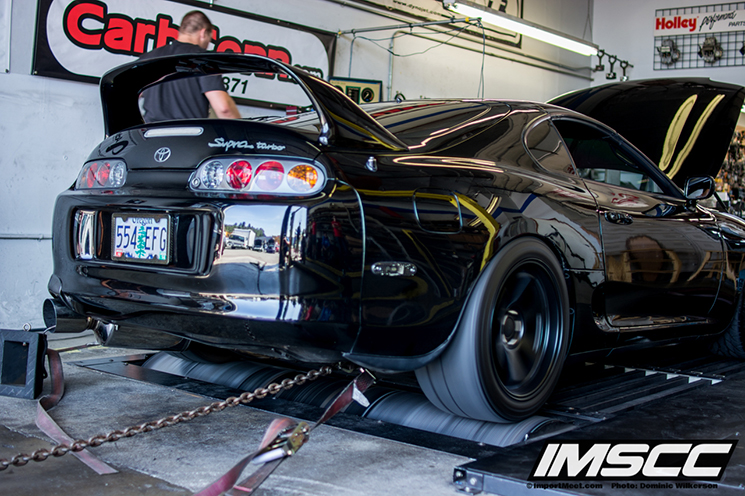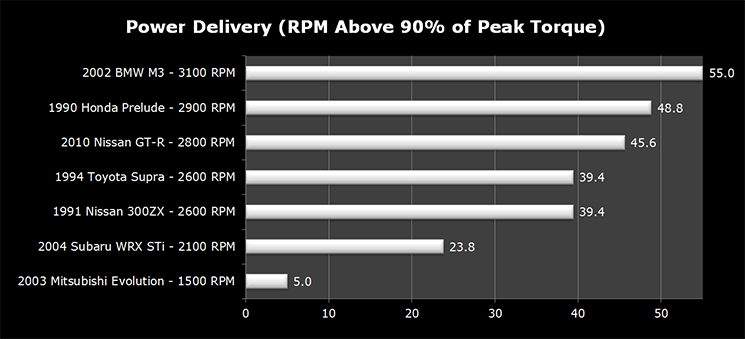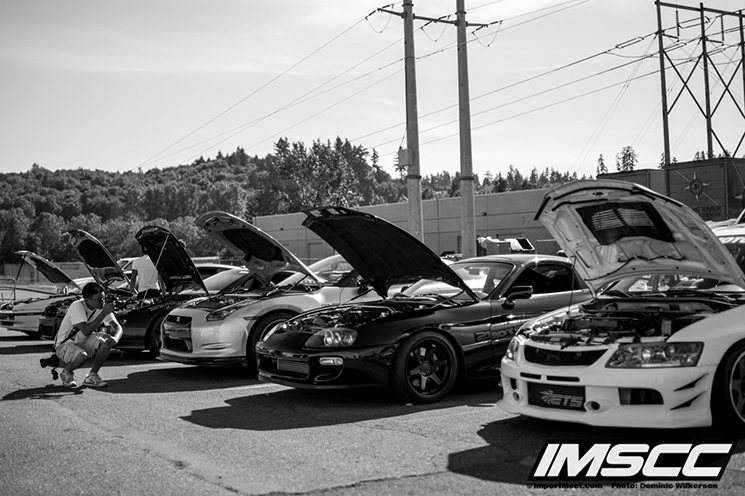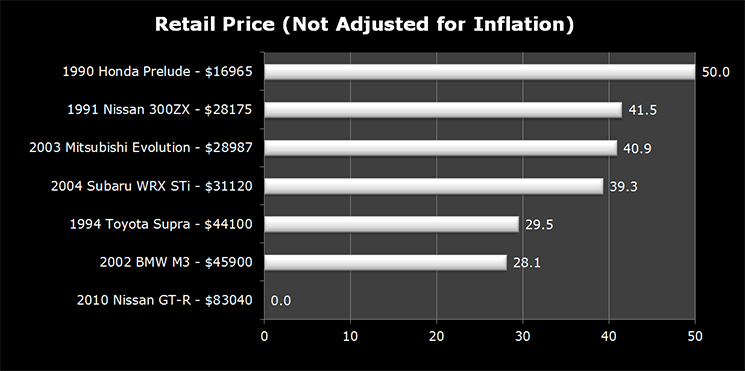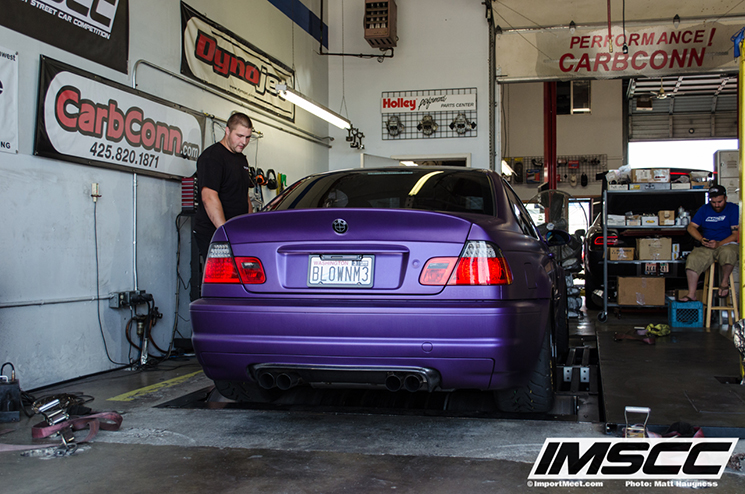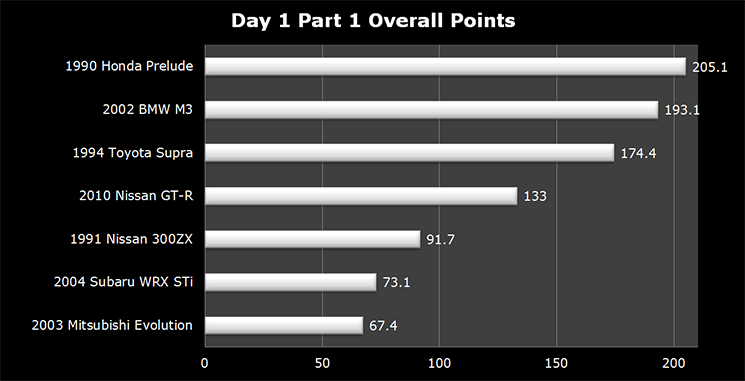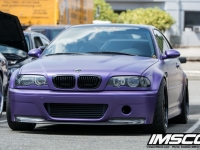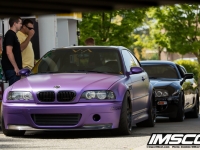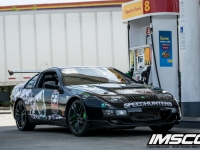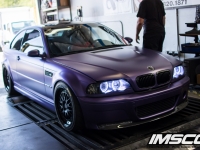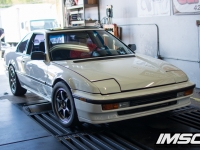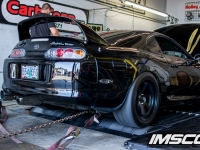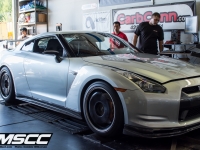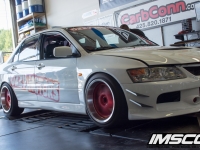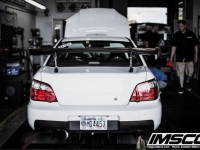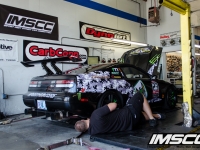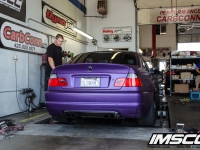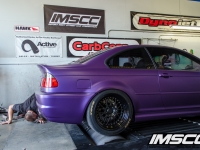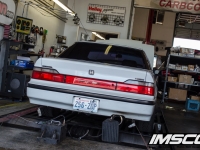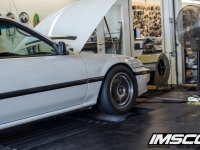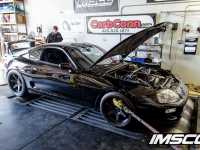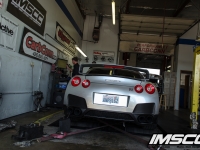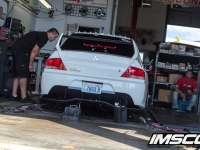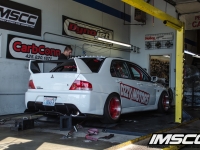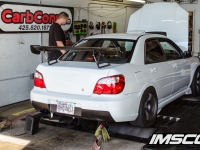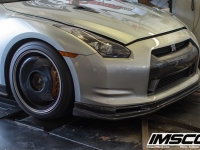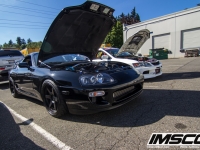The first half of the first day of the Import Meet Street Car Competition was broken into three categories: Peak Horsepower, Power Delivery, and Retail Price. A quick reference guide for the competitors can be found here. Read all about how the IMSCC scoring system works here.
Photos by Dominic Wilkerson, Anthony Kim, and Matt Haugness. Text by Matt Haugness.
Peak Horsepower
The 2014 IMSCC began at Carb Connection in Kirkland, Washington on Friday, August 8, 2014. Carb Connection has an in-ground AWD Dynojet dynamometer that was well-suited for the variety of drivetrain configurations in the group. The goal with the peak horsepower category was to award the maximum amount of points to the car that made the highest horsepower.
Watch IMSCC 2014 Dyno Competition on YouTube
After all of the competitors arrived to Carb Connection, each of them was required to fill their gas tanks with 92 octane premium fuel to verify that none of them were running race gas. E85 fuel was allowed, but there were no competitors this year that chose to run it. Each car was then given up to three pulls on the dyno, and their highest horsepower graph was used to calculate their points.
This year was significantly different than last year. Four out of the seven competitors produced over 500 horsepower! This made things interesting and the points were very close between the BMW M3, Honda Prelude, Toyota Supra, and Nissan GT-R. Andy Nissen-Barber managed to take first place in the peak horsepower portion of the event with 579 HP to the rear wheels. He was followed closely by Blake Henney in the Honda Prelude which made 570 HP with a small boost leak.
David Otzwirk knew that his Mitsubishi Evo wasn’t going to be the highest in terms of horsepower so he was content with the 364 horsepower he made. His goal was to perform well enough in this event and make up for it in future ones.
The lowest horsepower cars of the group were Matthew Bueler’s RB25-powered Nissan 300ZX with 338 HP and Jeff Vuong’s Subaru WRX STi with 336 HP.
Andy’s turbocharged BMW M3 produced the highest horsepower of the group, so he received the maximum 110 points. Since the Prelude and Supra were close in terms of power, they also received over 100 points.
Click here to find out how these points were calculated.
Power Delivery
The intent with the power delivery category was to award the most points to cars that have the largest useable power band. Even if a car performed poorly in the peak horsepower category there was a chance to make up for it with a large power band.
The power delivery of each car was determined using their highest peak horsepower dyno graph. The start of the car’s useable power band was the RPM in which the car produced over 90% of its peak torque value. The end was the RPM before it dropped below 90% of its peak torque. An example of how this was calculated can be seen below with last year’s LS1 swapped Mazda RX-7.
On the graph the RX-7 produced over 90% of its peak torque from 3150 RPM to 6500 RPM. This meant that the RX-7 had a fairly large power band of 3350 RPM.
Although it was slightly unexpected, Andy’s BMW M3 had the largest power band of the group. His car made over 90% of its peak torque for 3100 RPM. The next closest car was Blake’s Honda Prelude with 2900 RPM – mostly due to the higher redline of the engine.
Nissan GT-R’s are known for their amazing power delivery and Dan Nguyen’s didn’t disappoint. It produced over 90% of its peak torque for 2800 RPM.
The car that had a hard time in this category was David’s Mitsubishi Evo. There was a large jump in peak torque in the middle of his dyno graph and it really hurt him in this event. It’s hard to say the cause of the peak, but it ended up meaning that his power band was 1500 RPM based on the way it was calculated.
Andy’s turbocharged BMW M3 placed first in this event so he received the maximum 55 points. The Prelude and GT-R also performed well so they received a good portion of the possible points in this category.
Click here to find out how these points were calculated.
Retail Price
Out of all of the categories in the IMSCC, Retail Price was the only one that was decided prior to the competition. The retail price of each car was determined by using each car’s original MSRP without inflation (a change from last year’s calculation) using the same online resource. The intent with this category was to even the playing field between built older cars and newer more expensive cars.
Dan’s GT-R was the most expensive of the group so he received zero points in this category. The next most expensive car was Andy’s BMW M3 but since the car was nearly half the price of the GT-R he still received 28.1 points.
Blake’s Honda Prelude was the lowest cost by a large margin so he received the maximum 50 points in this category.
Note: No bonus points were added for this category since the points were determined before the IMSCC started.
Click here to find out how these points were calculated.
Day 1 Part 1 Overall Points
By the middle of day one Blake and his 1990 Honda Prelude had a nice lead mostly due to his first place finish in Retail Price points and a high finish in both Peak Horsepower and Power Delivery. By placing first in both dyno events, Andy and his 2002 BMW M3 followed closely in second. Solid numbers in all three events put Johnny into third place with his 1994 Toyota Supra.
Placing last in Power Delivery and towards the bottom of the other two events put David with his 2003 Mitsubishi Evolution in last place going into the second part of day one.
The IMSCC is a constantly evolving event. Stay tuned for updates on how we plan on changing things up next year. If you are interested in competing in our 2015 competition, fill out the form below to let us know that you’re interested.
Other IMSCC 2014 coverage articles:
Day 1 Part Two: Ride Quality, Car Show, and Build Quality
Day 2: Autocross, 0-60-0, Skidpad and Fuel Economy
Day 3: Drag Racing and Final Results
Special Thanks to Our IMSCC Sponsors:

